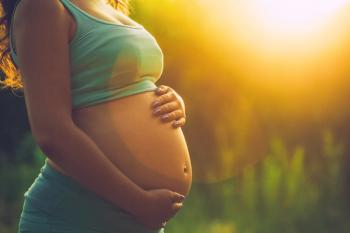
A study of over 1 million births in Quebec reveals that pregnant women with hidradenitis suppurativa face increased risks of pregnancy complications and long-term health issues for both themselves and their offspring.

A study of over 1 million births in Quebec reveals that pregnant women with hidradenitis suppurativa face increased risks of pregnancy complications and long-term health issues for both themselves and their offspring.

Rakesh Jain, MD, MPH, notes that with increasing ADHD trends, a newly-available and FDA-approved non-stimulant tool can help treat more patients.
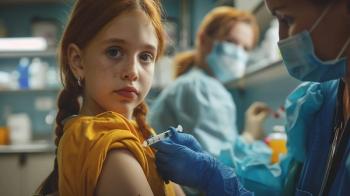
The study outcomes were estimated IMD cases and deaths averted by MenACWY vaccination in adolescents and adults aged 11 to 23 years.

A decade after bariatric surgery, most teens maintained weight loss and reduced obesity-related conditions such as type 2 diabetes and hypertension.

The federal agency has not raised any concerns regarding safety and efficacy of tapinarof cream, 1%.
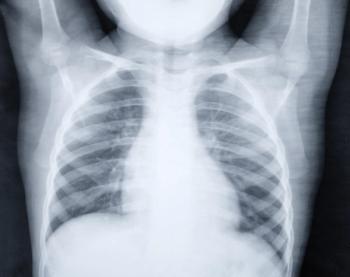
Severe outcomes among children with pneumonia were uncommon, regardless of whether antibiotics were received based on study results.

Application acceptance was based on positive results with monthly and bi-monthly dosing data from a phase 3 trial.

Get caught up with Contemporary Pediatrics! This list helps you navigate our top stories from last week, all in one place.

Rates of morbidity and mortality linked to adolescent pregnancy are significantly reduced using RHS.

Jain breaks down key benefits of clonidine hydrochloride (ONYDA XR; Tris Pharma) to treat ADHD among patients aged 6 years and older.

These tips can help your patients have a fun, exciting, and thrilling Halloween, all while staying safe.

The detected reduction in HRs for suicidal ideation among adolescents with obesity prescribed GLP1R suggests potential avenues for future research.

The product was sent to distributors by direct delivery in 35 states and Amazon.com.

The approval makes methotrexate, currently, the only only oral liquid methotrexate on the market approved for both adult and pediatric indications.

The fibrin sealant solution is now available in 18 countries.
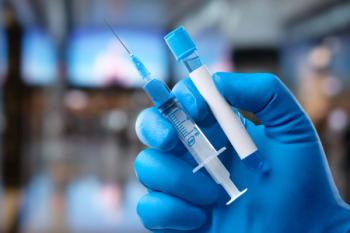
"The novel RSV prevention strategies may reduce ICU morbidity and mortality for children," the study authors concluded.

Look back at several quick video interviews discussing the expanding role of artificial intelligence, how RSV treatment has evolved, and much more.

As the authors emphasized, “Expansion of these services will be essential to meet the needs of patients experiencing food allergy-related anxiety."

In all, 51.9% of patients entered with or achieved complete disease clearance at least once during the 48-week study.

Anger in health care affects both patients and professionals with rising violence and negative health outcomes, but understanding its triggers and applying de-escalation techniques can help manage this pervasive issue.

The TrustTSC trial did not achieve its primary endpoint of percent reduction in 28-day frequency of TSC-associated seizures.

Donna Hallas, PPCNP-BC, CPNP, PMHS, FAANP, FAAN, highlights key takeaways from our October Vaccine issue of Contemporary Pediatrics.

Infants, young children, and older adults are at the highest risk for pneumococcal infection, and viral illnesses, such as influenza, may predispose sensitive groups to pneumococcal infection.

Paul Helmuth, MD, joined us to discuss potentially practical ways to implement AI in practice, as well as the importance of being transparent with families when using the evolving technology.

Interim analysis of the phase 3 REGAL Trial is anticipated in this quarter of 2024.
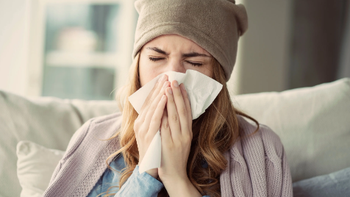
In a recent study, infants of mothers with an influenza infection during pregnancy were significantly more likely to experience febrile seizures, but not epilepsy.

Brittany Bruggeman, MD, highlights the importance of newer, easier-to-use glucagon formulations in treating severe hypoglycemia in patients with type 1 diabetes.

Octavio Ramilo, MD, highlights key developments in the effort to prevent RSV disease in recent years, highlights vaccines and monoclonal antibodies.

This week, take a look at an approval for EDS, as well as highlights from IDWeek 2024, held in Los Angeles, California.

Melissa Fickey, MD, explains TMS therapy for major depressive disorder, and highlights key positive data for NeuroStar TMS Therapy, which was presented at the American Academy of Child and Adolescent Psychiatry (AACAP) meeting in Seattle, Washington.